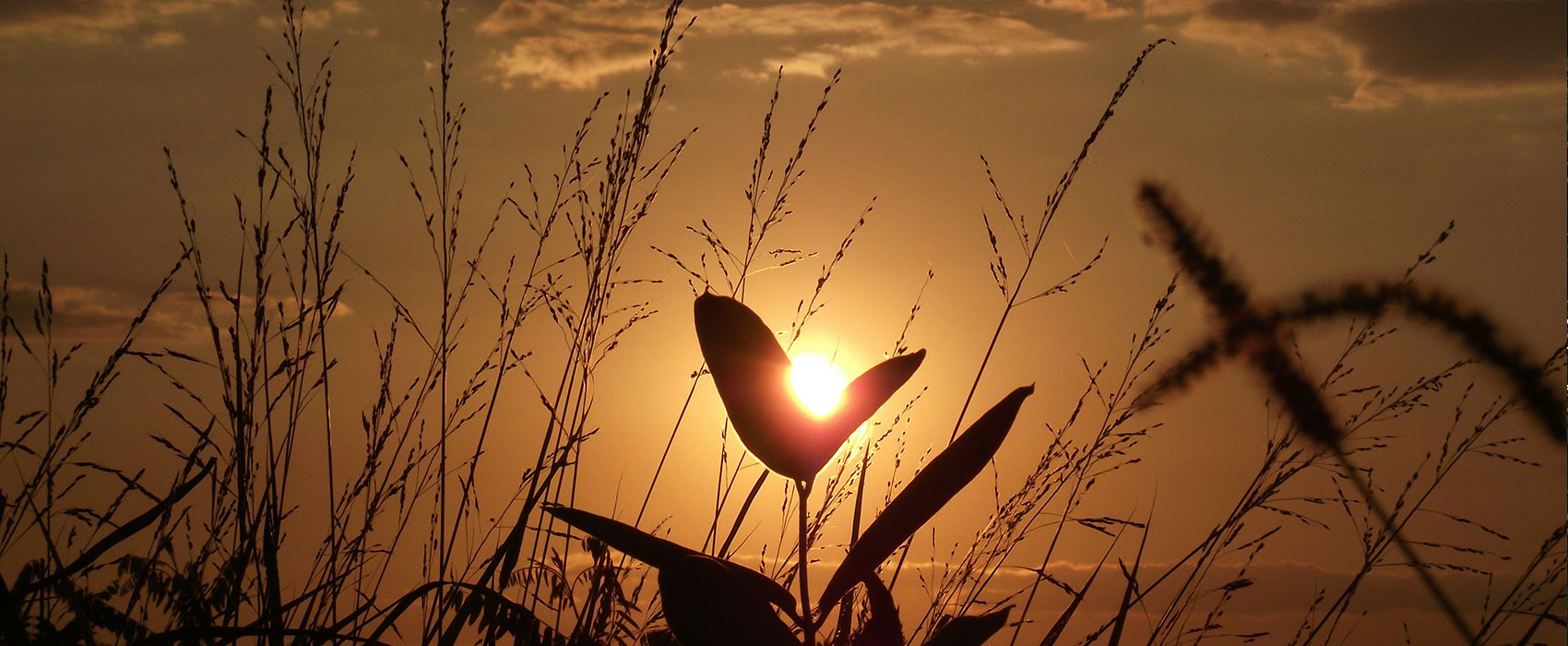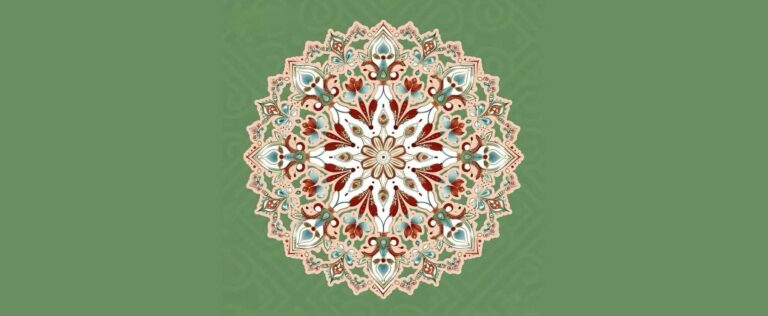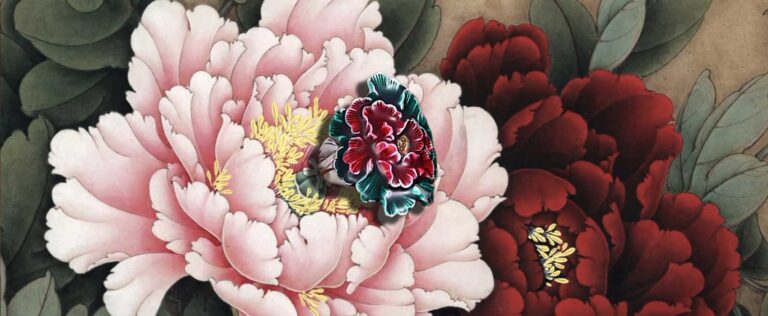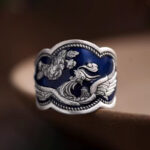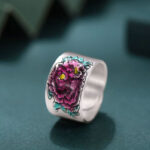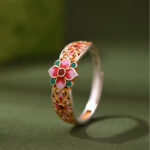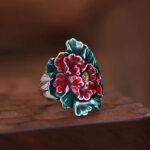NORNS
The Norns: Weaving Fates in Norse Mythology
Norse mythology is rich with stories of destiny. They are central to this, as they weave the fate of all. These enigmatic goddesses are key to understanding the concept of fate.
Who are the Norns?
In Norse mythology, the Norns are three goddesses. They shape the destiny of every being. Living at the base of the World Tree, Yggdrasil, they control the fate of gods, humans, and the universe. Urðr, Verðandi, and Skuld represent the past, present, and future.
The Role of the Norns
They do more than just weave destiny. They represent the natural order and cause and effect. They water the roots of Yggdrasil, keeping the tree and the cosmos healthy. Their daily rituals maintain the universe’s balance.
Meeting with the Norns
At birth, it’s said that we meet them. They assign our destiny, written on a stick. Our actions can influence this destiny, but they set the stage for our life’s journey.
The Norns and the Cosmos
The Norns are deeply connected to the cosmos. They are not just weavers but active players in the universe’s story. Their place at the base of Yggdrasil shows their role in the cosmic order.
Modern Interpretation of the Norns
Today, they symbolize the flow of time and the power of destiny. They appear in media, often as guides or oracles offering wisdom on fate.
The Norns in Art and Literature
Artists and writers have reimagined them in various ways. Sometimes, they are stern, and other times, they offer counsel and guidance.
Understanding the Norns
Understanding them means grappling with fate. Do our actions change the tapestry? This question is central to Norse mythology and still resonates today.
The Norns and Personal Destiny
The story of the Norns is a metaphor for power, choice, and change. They remind us that our past shapes us, but our present and future are in our hands. Each life thread is unique, creating the world’s tapestry.
Fate and Destiny Size Chart
- Urd: Urd, the past goddess, guards the Well of Urd. She connects to the Tree of Life, symbolizing destiny’s start. Her threads represent our birth and history, showing that the past shapes but doesn’t control our future.
- Verdandi: Verdandi represents the present and our current actions. Her threads show that the present is crucial for shaping the future. Verdandi highlights how our decisions affect our destiny.
- Skuld: Skuld represents the future and its uncertainties. Her threads show that our choices and opportunities play a key role in shaping the future.
In our changing world, fate feels impermanent and unpredictable. Their story tells us that we can influence our destiny. Our choices, actions, and determination shape our future.
Conclusion
Let’s learn from them to seize the present, face the past with courage, and look to the future with optimism. After all, we are all weavers of our own destiny.
The Norns: Weaving Fates in Norse Mythology
Norse mythology is rich with stories of destiny. They are central to this, as they weave the fate of all. These enigmatic goddesses are key to understanding the concept of fate.
Who are the Norns?
In Norse mythology, the Norns are three goddesses. They shape the destiny of every being. Living at the base of the World Tree, Yggdrasil, they control the fate of gods, humans, and the universe. Urðr, Verðandi, and Skuld represent the past, present, and future.
The Role of the Norns
They do more than just weave destiny. They represent the natural order and cause and effect. They water the roots of Yggdrasil, keeping the tree and the cosmos healthy. Their daily rituals maintain the universe’s balance.
Meeting with the Norns
At birth, it’s said that we meet them. They assign our destiny, written on a stick. Our actions can influence this destiny, but they set the stage for our life’s journey.
The Norns and the Cosmos
The Norns are deeply connected to the cosmos. They are not just weavers but active players in the universe’s story. Their place at the base of Yggdrasil shows their role in the cosmic order.
Modern Interpretation of the Norns
Today, they symbolize the flow of time and the power of destiny. They appear in media, often as guides or oracles offering wisdom on fate.
The Norns in Art and Literature
Artists and writers have reimagined them in various ways. Sometimes, they are stern, and other times, they offer counsel and guidance.
Understanding the Norns
Understanding them means grappling with fate. Do our actions change the tapestry? This question is central to Norse mythology and still resonates today.
The Norns and Personal Destiny
The story of the Norns is a metaphor for power, choice, and change. They remind us that our past shapes us, but our present and future are in our hands. Each life thread is unique, creating the world’s tapestry.
Fate and Destiny Size Chart
- Urd: Urd, the past goddess, guards the Well of Urd. She connects to the Tree of Life, symbolizing destiny’s start. Her threads represent our birth and history, showing that the past shapes but doesn’t control our future.
- Verdandi: Verdandi represents the present and our current actions. Her threads show that the present is crucial for shaping the future. Verdandi highlights how our decisions affect our destiny.
- Skuld: Skuld represents the future and its uncertainties. Her threads show that our choices and opportunities play a key role in shaping the future.
In our changing world, fate feels impermanent and unpredictable. Their story tells us that we can influence our destiny. Our choices, actions, and determination shape our future.
Conclusion
Let’s learn from them to seize the present, face the past with courage, and look to the future with optimism. After all, we are all weavers of our own destiny.

